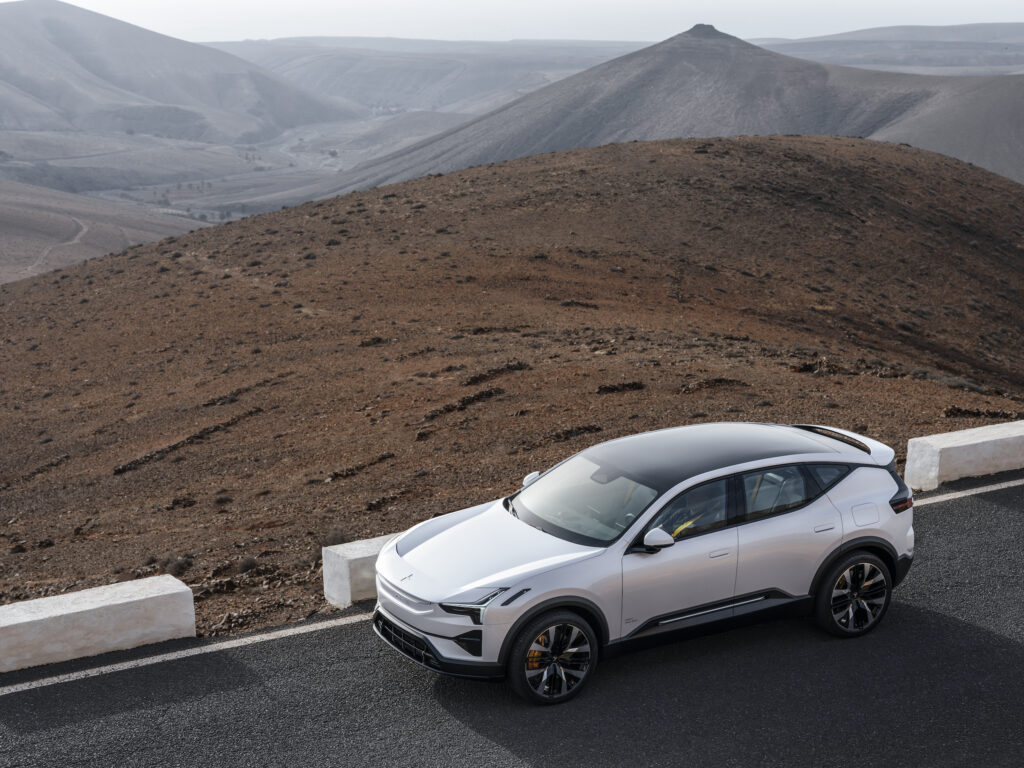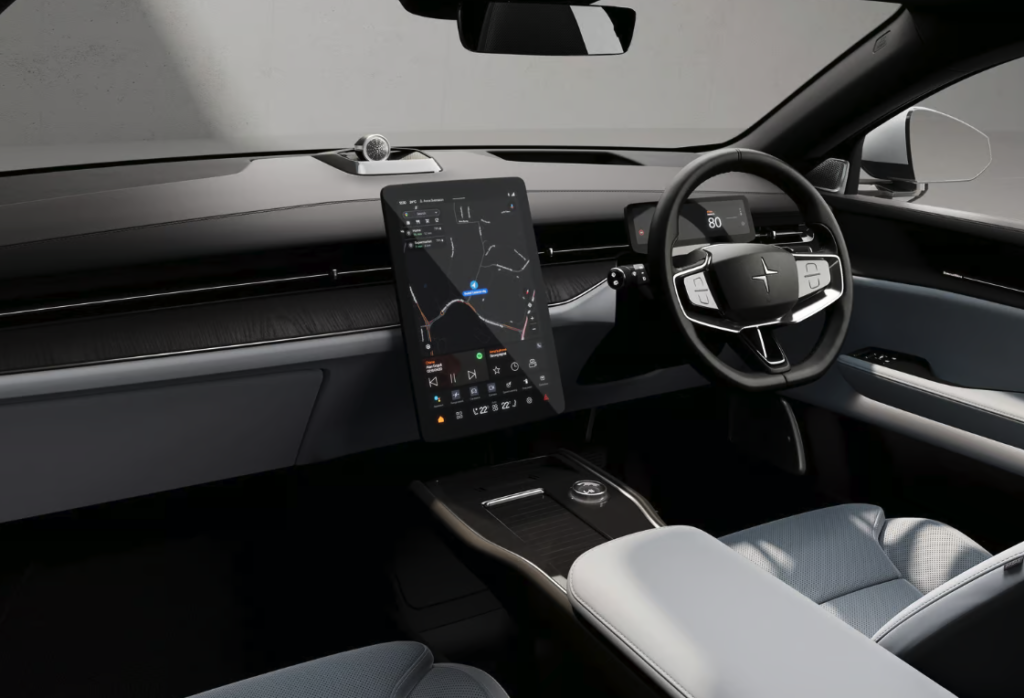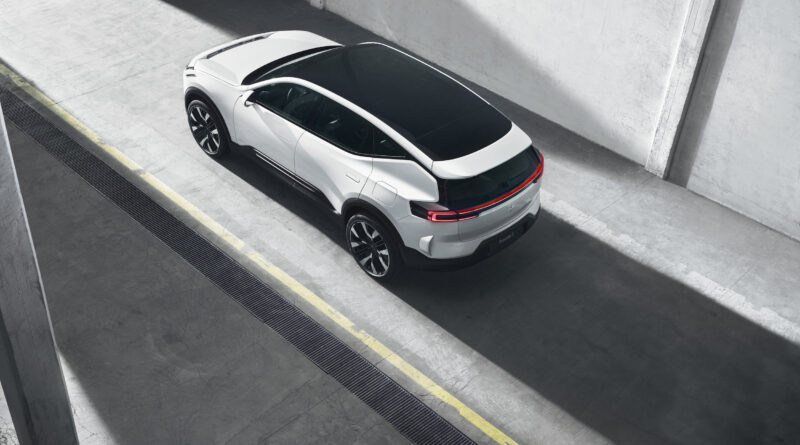Polestar 3 price and specifications confirmed
The Polestar 3 large electric SUV will be priced from $132,900 plus on-road costs when it arrives in Australia early in 2024.
The first EV designed from the ground up by the fledgling EV brand – the Polestar 2 currently on sale utilises the architecture of an internal combustion engine car – the Polestar 3 will compete with the BMW iX, Mercedes-Benz EQE SUV and ICE vehicles such as the BMW X5 and Audi Q7.
The Polestar 3 will arrive in Australia with a high level of standard equipment as part of a simplified model range in a five-seat body.
READ MORE: Polestar 3 five-seat electric SUV revealed
As well as the regular Polestar 3 Long Range Dual Motor there will also be a Polestar 3 Long Range Dual Motor with Performance Pack, the latter costing $141,900 before on-roads.
The standard model gets two electric motors that combine to produce 360kW and 840Nm for a 0-100km/h time of 5.0 seconds.
The Performance Pack model gets the same hardware but gets revised software that ups the peak outputs 380kW and 910Nm, in turn lowering the 0-100km/h time to 4.7 seconds.
Each uses a 111kWh battery pack (with a 107kWh usable capacity) claimed to provide 610km of WLTP range for the standard model and 560km for the Performance.

The Polestar 3 can tow up to 2200kg.
READ MORE: Complete guide to towing with an EV
Charging can be done at up to 250kW using a DC charger, something that can provide a 10-80 percent charge in as little as 30 minutes. However, that’s using a charger that can produce up to 250kW at 400V (the voltage of the Polestar 3’s battery); the most powerful 350kW chargers currently in Australia provide that power at 800V, with the 400V power peaking at 175kW.
So expect slightly slower charge times using those 350kW chargers currently in the market.
AC charging can be done at up to 11kW, providing a full charge in 11 hours. Slower charging from a home powerpoint would take about 50 hours.
The Polestar 3 gets standard 21-inch wheels shod in either Michelin Pilot Sport 4 tyres or Contintal SportContact 7. They are 265mm wide up front and 295mm at the rear.
Optional 22-inch wheels – which come standard on the Performance model – get Pirelli P Zero tyres of the same width; those tyres contribute to the shorter range of the Performance.
Standard equipment for the Polestar 3 includes a 9-inch digital instrument cluster and 14.5-inch central display arranged in a portrait configuration.
Standard trim is MicroTech or “animal welfare wool” or buyers can choose Nappa leather for $7500.

There’s also a 360-degree camera, wireless phone charging, three-zone ventilation, heated front seats, tyre pressure monitors, panoramic sunroof, electric front seats, powered tailgate and four USB ports.
Australian cars will also come with the Plus Pack that includes doors that suck themselves closed, heated rear seats, heated steering wheel, various eco trim elements and a 25-speaker Bowers & Wilkins sound system with Dolby Atmos.
There’s also the Pilot Pack fitted standard, bringing a head-up display and semi-autonomous drive system.
Buyers can also choose a lidar (laser radar) for $6000. It also brings three more cameras, four extra ultrasonic sensors and cleaning systems for the front and rear cameras. It’s designed to ready the car for autonomous driving.
The safety systems were developed with Volvo and include nine airbags, driver monitor, speed sign recognition, blind spot warning, rear cross traffic alert with braking, lane keep assistance and autonomous emergency braking (AEB).
There are also two camera monitoring the driver’s eyes to determine distraction or drowsiness. Plus there are four interior radar sensors to detect occupants in a parked car, something that can also trigger the ventilation system to maintain a safe cabin temperature.
As well Google’s Android Automotive operating system – with embedded Google Maps and downloadable apps – the 3 gets over-the-air software updates that can add features over time.




